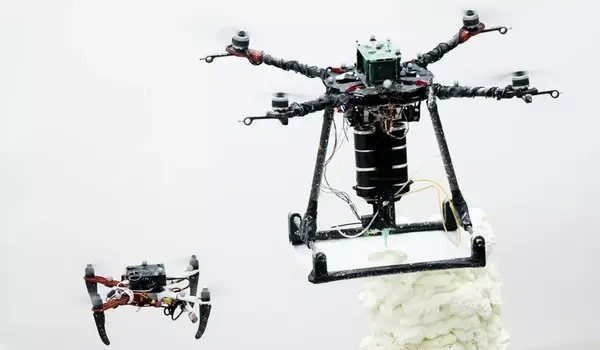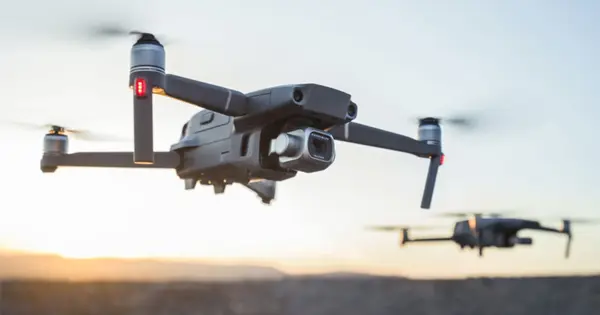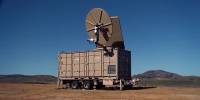An international research team led by Empa and Imperial College London drone expert Mirko Kovac has used bees as a model to create a swarm of cooperative, 3D-printing drones. Under human control, these flying robots work as a team to print 3D materials for building or repairing structures while flying, as scientists report on the cover of the latest issue of Nature.
3D printing is gaining traction in the construction industry. Static and mobile robots print materials for use in construction projects, such as steel and concrete structures, both on-site and in the factory.
A new approach to 3D printing, spearheaded by Imperial College London and Empa, the Swiss Federal Laboratories of Materials Science and Technology, employs flying robots known as drones that employ collective building methods inspired by natural builders such as bees and wasps.
We’ve demonstrated in the lab that drones can work autonomously and collaboratively to build and repair buildings. This scalable solution could aid in construction and repair in difficult-to-reach areas, such as tall buildings.
Professor Mirko Kovac
Aerial Additive Manufacturing (Aerial-AM) is a system that involves a fleet of drones working together from a single blueprint. It is made up of BuilDrones, which deposit materials during flight, and quality-controlling ScanDrones, which continuously measure the output of the BuilDrones and inform them about their next manufacturing steps.
The researchers say that in contrast to alternative methods, in-flight 3D printing unlocks doors that will lead to on-site manufacturing and building in difficult-to-access or dangerous locations such as post-disaster relief construction and tall buildings or infrastructure.

Professor Mirko Kovac of Imperial’s Department of Aeronautics and Empa’s Materials and Technology Center of Robotics led the study. Professor Kovac stated: “We’ve demonstrated in the lab that drones can work autonomously and collaboratively to build and repair buildings. This scalable solution could aid in construction and repair in difficult-to-reach areas, such as tall buildings.”
Aerial-AM employs both 3D printing and a path-planning framework, allowing the drones to adapt to changes in the geometry of the structure as the build progresses. The drones are fully autonomous in flight, but there is a human controller in the loop who can monitor progress and intervene if necessary based on information provided by the drones.
Printing 3D geometries
To test the concept, the researchers developed four cement-like mixtures for the drones to build with. Throughout the build, the drones assess the printed geometry in real time and adapt their behaviour to ensure they meet the build specifications, with manufacturing accuracy of five millimetres.
A 2.05-metre cylinder (72 layers) with a polyurethane-based foam material and an 18-centimetre cylinder (28 layers) with a custom designed structural cement-like material were included in the proof-of-concept prints.
The technology opens up new possibilities for building and repairing structures in unbounded, high, or otherwise difficult-to-access locations in the future. Following that, the researchers will collaborate with construction firms to validate the solutions and provide repair and manufacturing capabilities. They believe the technology will save money and reduce access risks when compared to traditional manual methods.















